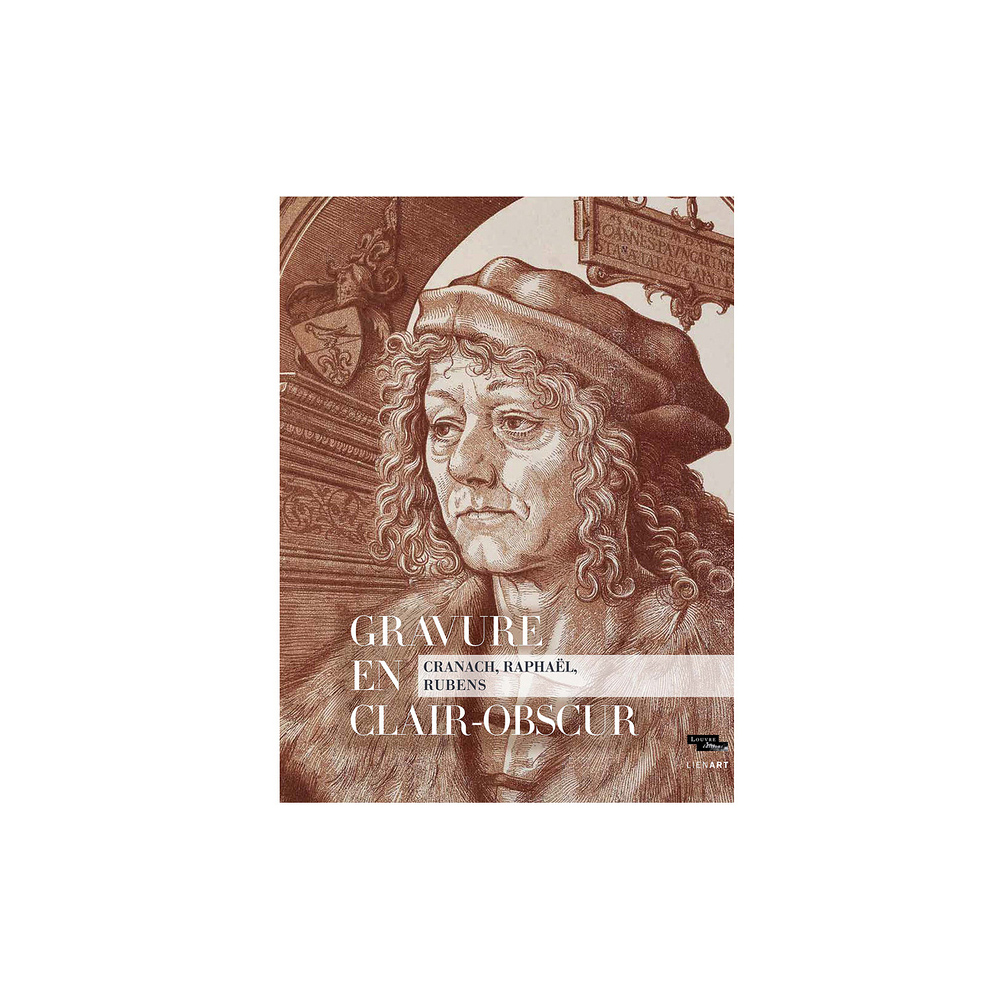Chiaroscuro PrintmakingCranach, Raphael, Rubens...
18 October 2018 – 14 January 2019
Chiaroscuro Printmaking
Cranach, Raphael, Rubens...
18 October 2018 – 14 January 2019
Overview
Color woodcutting, known as chiaroscuro printmaking in Italy, was first practiced in Europe from the early 1500s to around 1650. It was the outcome of technical and artistic attempts to impart subtle nuances of color in printed form. Both an imitation of other art media—drawing first and foremost—and a medium in its own right, it circulated widely and attracted real interest from certain painters, who saw it as a new way to explore light and shade and experiment with monochrome.
In a pioneering miscellany of examples from French collections (Musée du Louvre, Bibliothèque Nationale de France, Fondation Custodia, École Nationale Supérieure des Beaux-Arts, Musée des Beaux-Arts de Besançon) and institutions abroad (British Museum, Ashmolean Museum, Rijksmuseum), this exhibition will offer a chronological and geographic panorama of chiaroscuro printmaking via the most significant works of the leading masters of the Renaissance and European Mannerism, such as Peter Paul Rubens, Parmigianino, Domenico Beccafumi, and Hans Baldung Grien.
Its sources include recent research into the pigments and watermarks used in printmaking, jointly carried out by the Bibliothèque Nationale de France and the Center for Research and Restoration of the Museums of France (C2RMF).
Organised by
Séverine Lepape, musée du Louvre.
Acknowledgments
Exhibition in collaboration with the Bibliothèque nationale de France.
Exhibition Catalog
224 pages / 120 illustrations
Co-publishing Musée du Louvre / Liénart (French language only)
